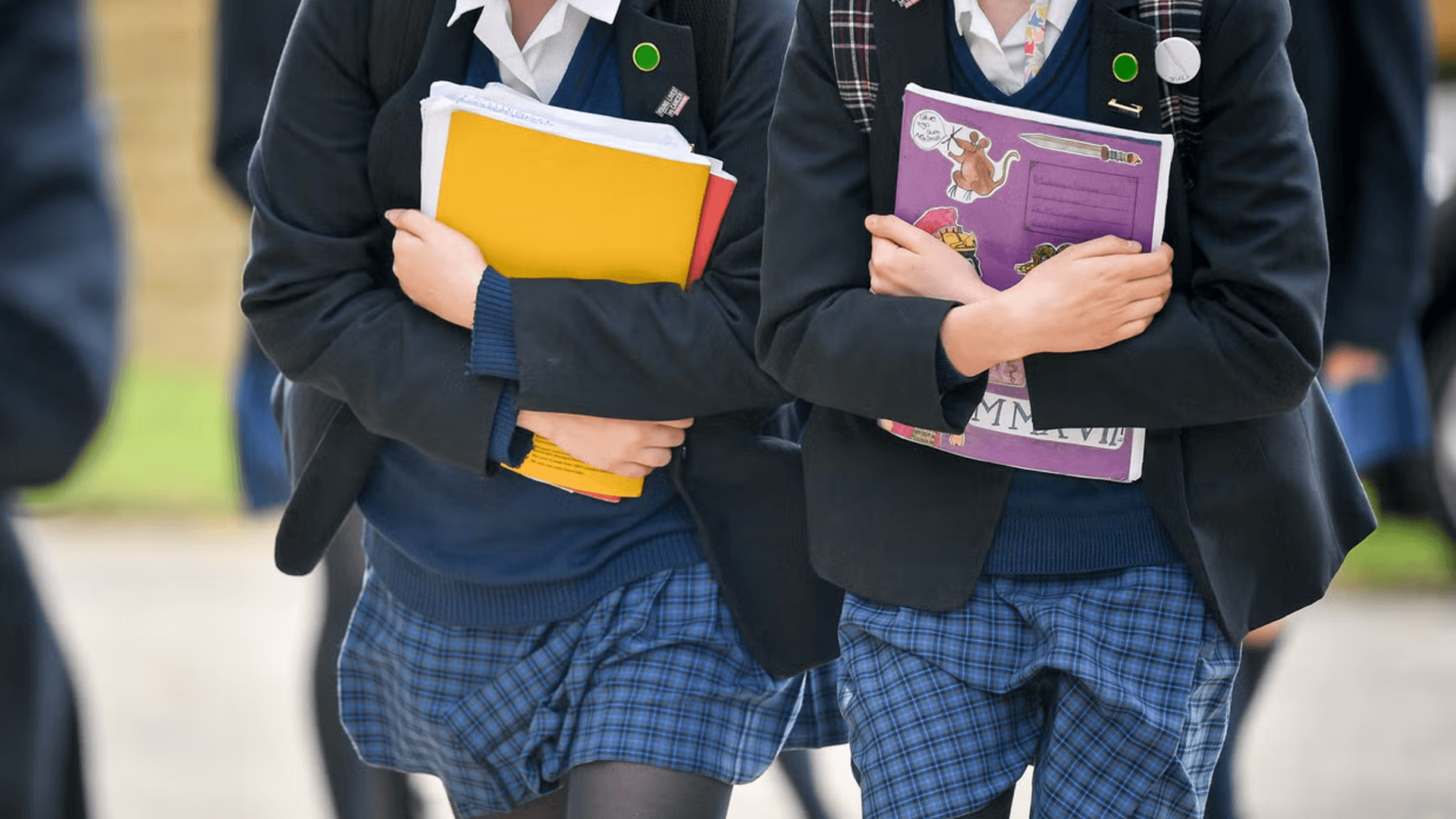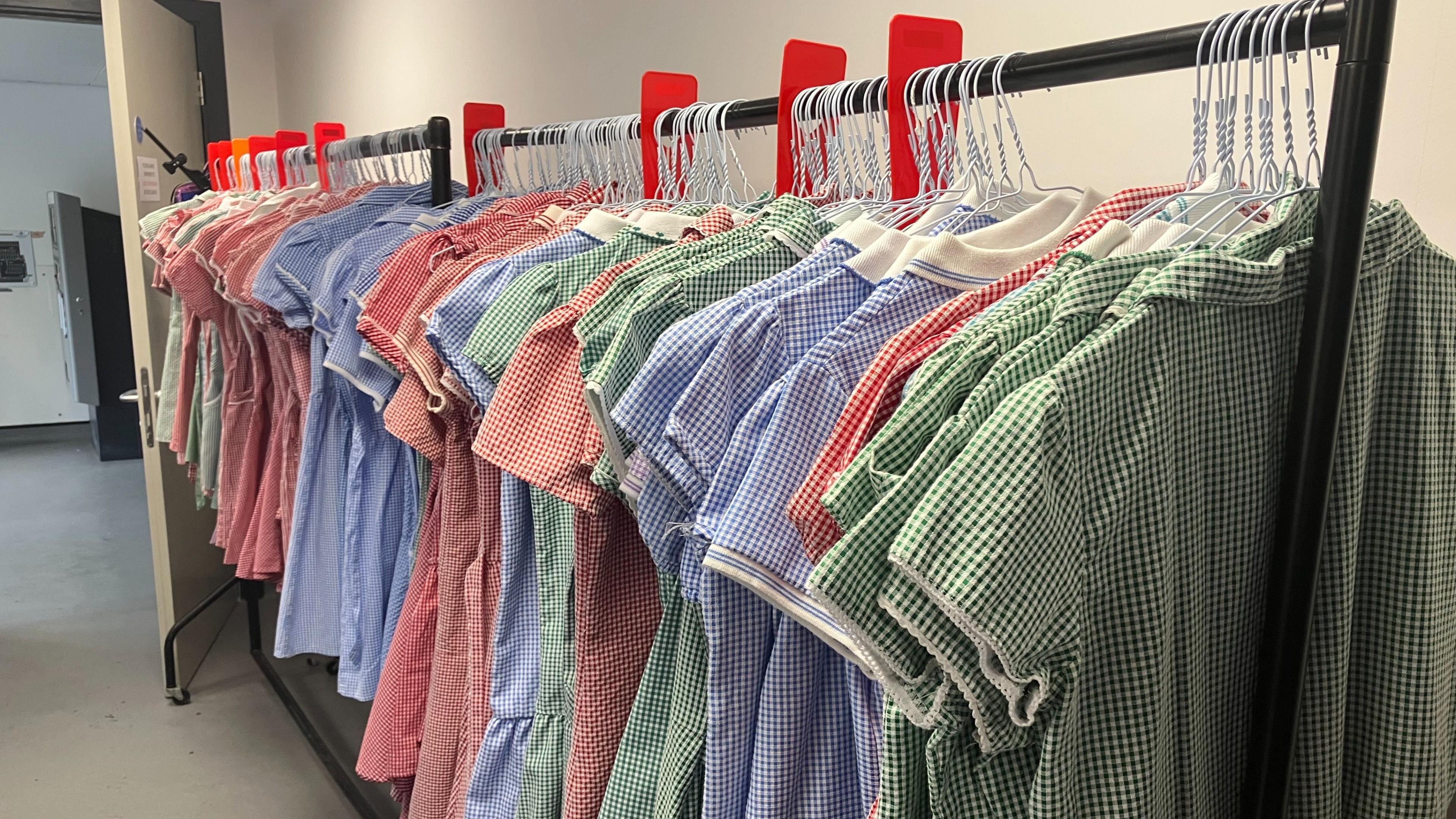A new government bill claims to cut costs on UK school uniforms, but critics argue it’s a superficial fix to a deeply stratified system.
Keir Starmer’s labour government has announced plans to make school uniforms more affordable. Under the new Children’s Wellbeing and Schools Bill, most state schools in England will be required to cap the number of compulsory branded uniform items to three, with secondary schools allowed a branded tie as a fourth.
If passed, the reform could slash the average £442 spent annually on secondary school uniforms (£343 for primary pupils). It’s a change the Department of Education hails as a step forward for working class families, but the announcement isn’t winning over everyone.
Labour’s decision seeks to tackle the issue posed by branded schoolwear, which often involves a higher price point and requires parents to purchase new items each time their child changes schools or progresses through each year group.
By allowing families to shop generically for most items – like supermarket polos rather than logo-stitched blazers – the bill hopes to loosen the chokehold that school uniforms place on household budgets. According to government figures, around 70% of secondary schools and 35% of primary schools will need to make changes to comply with the law.
But for many parents and educators, the answers aren’t always so simple. Critics argue that school uniforms are themselves archaic and redundant, with some suggesting that scrapping them altogether would be a simpler answer.
Others have been quick to point out that uniform is just the surface of a much larger problem, barely addressing the needs of those in Britain’s poorest areas. Some of the most pressing issues facing UK schools include underfunding, overcrowding, and lack of teachings – partly caused by unsubstantial pay.
These responses reveal a broader dissatisfaction with the uniform status quo – and with a government that appears more invested in trimming clothing bills than tackling structural inequalities. Critics argue that uniforms, far from being the great social leveller they’re often framed as, can reinforce class divides.
A child in a fraying blazer is still taken as a signpost for economic hardship, while one in shiny new shoes projects privilege. If branding is merely the logo, then inequity is woven into the fabric of every school uniform.
Still, the bill is making significant strides in addressing key concerns amongst the parents of school children. The move comes as a new survey shows a third of parents are still worried about uniform costs, with 1 in 5 schools said to have actually increased the number of branded items required over the past year.
And while schools are currently required to enforce a limit on the number of branded items they require, many are failing to do so.





















